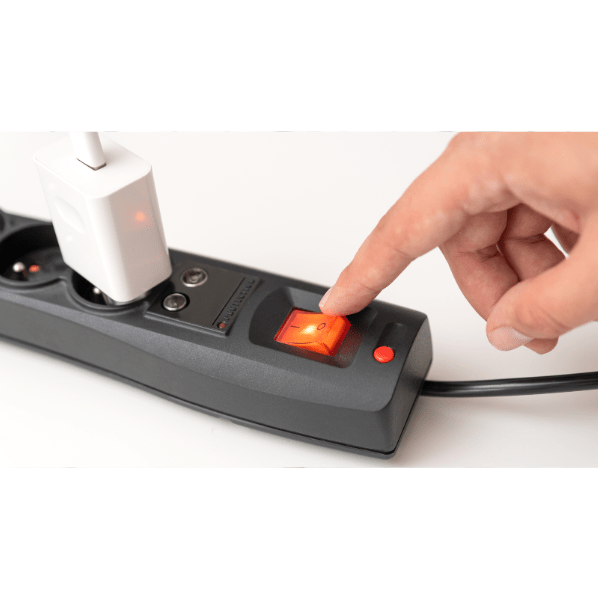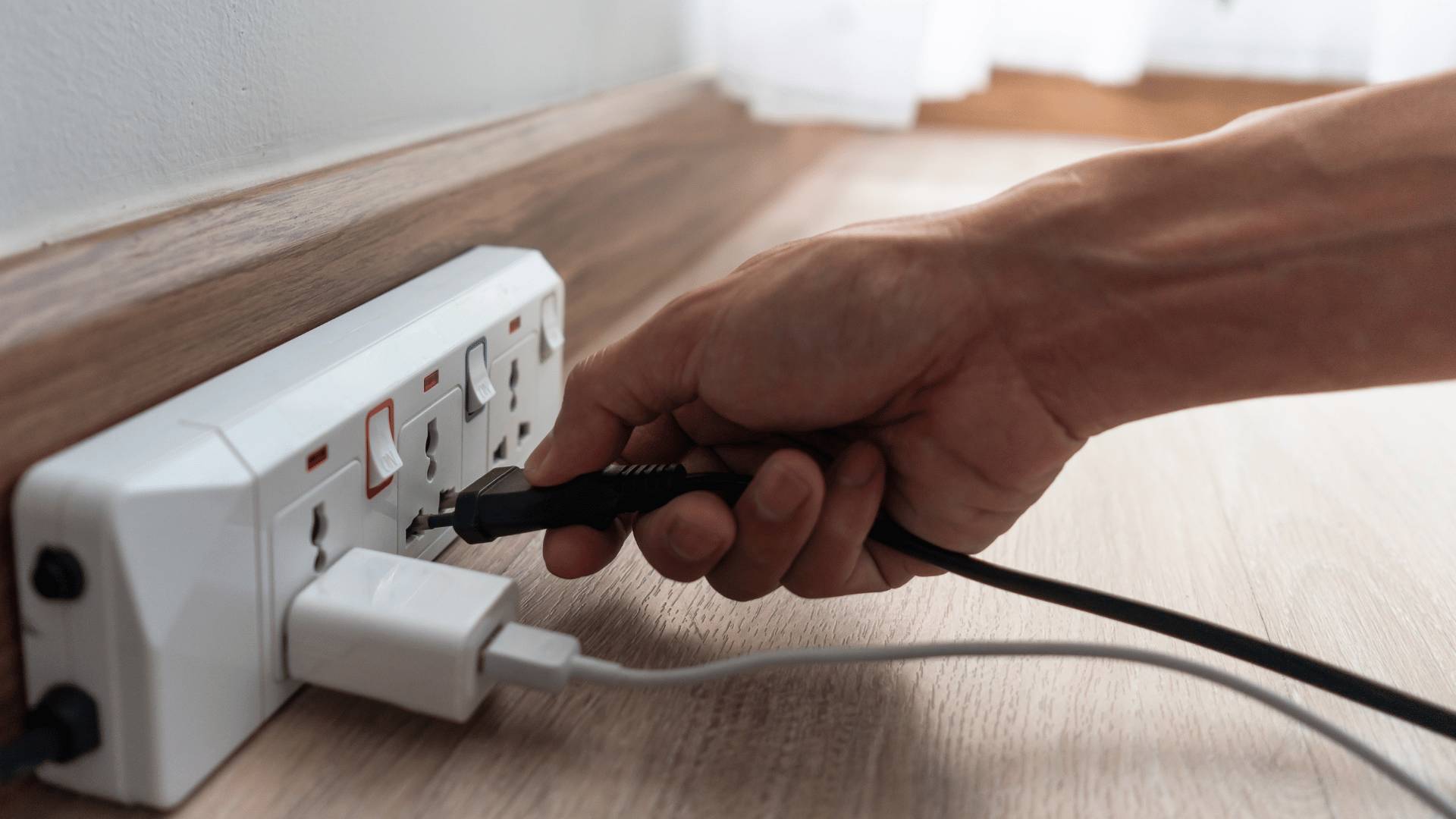In an era where energy consumption is at an all-time high, finding ways to reduce electricity bills at home is not only financially beneficial but also essential for environmental sustainability. This comprehensive guide explores practical tips and strategies to curtail energy usage, save money, and make our homes more energy-efficient.
From optimizing appliances to embracing smart technologies, each recommendation contributes to a lower electricity bill and a more sustainable lifestyle.
Understanding Electricity Bills and Energy Usage
Electricity is an integral part of modern life, powering our homes, appliances, and gadgets. However, the cost of electricity can be a significant expense for households.
To effectively manage and reduce electricity bills, it's essential to understand how these bills are calculated and the factors that contribute to energy usage.
This comprehensive guide will delve into the intricacies of electricity bills, explore the components that make up energy consumption, and provide practical tips on how to make informed decisions to lower your electricity costs.
Breaking Down what consists of an Electricity bill
- Energy Consumption: The core component of an electricity bill is the amount of energy consumed, measured in kilowatt-hours (kWh). This is the actual electricity usage and is the primary factor that determines the cost of the bill. The more energy you use, the higher your bill will be.
- Fixed Charges and Fees: In addition to the variable charges based on energy consumption, electricity bills often include fixed charges and fees. These may include a basic service charge, connection fees, and taxes. While these charges are typically less than the variable charges, they still contribute to the overall bill.
- Taxes and Surcharges: Taxes and surcharges vary by location and can significantly impact the total amount on your bill. Understanding the breakdown of these additional charges is crucial for gaining insights into the overall cost of electricity.
- Demand Charges (For Some Commercial Customers): Commercial customers may incur demand charges based on the highest amount of power they draw from the grid during a specified period. Residential customers usually do not face demand charges.
Electricity Bills Demystified
Before diving into strategies to reduce electricity bills, it's crucial to understand how these bills are calculated. Residential customers typically pay for the amount of electricity consumed, measured in kilowatt-hours (kWh).
The cost per kWh varies based on the local utility rates. The monthly bill is a product of the energy consumed multiplied by the cost per kWh.
Energy Usage Breakdown
A significant portion of energy usage at home can be attributed to common appliances and devices. Heating and cooling systems, lighting, water heaters, and electronic gadgets collectively contribute to the bulk of energy consumption. By targeting these areas, homeowners can make substantial strides in reducing their electricity bills.
Tips for Reducing Energy Consumption
1. Invest in Energy-Efficient Appliances:
Upgrading to energy-efficient appliances is one of the most effective ways to reduce energy consumption. Look for appliances with the Energy Star label, indicating they meet strict energy efficiency guidelines.
Energy-efficient models use less energy to perform the same tasks, saving money and reducing environmental impact.
2. Optimize Air Conditioner Usage:
Air conditioners are notorious energy guzzlers. To minimize their impact on your electricity bill, set your thermostat to a reasonable temperature, consider using fans to circulate air, and ensure windows and doors are properly sealed to prevent cool air from escaping.
Regular maintenance, such as cleaning or replacing filters, can improve efficiency.
3. Use Smart Power Strips:
Many electronic devices consume energy even when turned off. Smart power strips can automatically cut power to devices in standby mode, preventing them from drawing energy when not in use.
This is particularly useful for home entertainment systems and computer setups.
4. Conduct an Energy Audit:
Performing an energy audit helps identify areas of inefficiency in your home. This can be done professionally or through online auditing tools.
An audit reveals where energy is being wasted and provides actionable insights to optimize your home's energy usage.
5. Switch to LED Lighting:
Incandescent bulbs are outdated and inefficient. Switching to LED bulbs not only reduces energy consumption but also lasts longer, saving money on replacement costs.
Additionally, LED lighting produces less heat, reducing the load on air conditioning units during warmer months.
6. Seal Windows and Doors:
Air leaks around windows and doors can significantly impact heating and cooling costs. Invest in weather stripping and seal gaps to prevent warm or cool air from escaping.
This simple step improves the overall efficiency of your home.
7. Harness Natural Light:
Take advantage of natural light during the day to reduce the need for artificial lighting. Ensure curtains and blinds are open to allow direct sunlight into your living spaces.
This not only saves energy but also creates a brighter and more inviting atmosphere's power strip.
8. Consider Solar Panels:
For those looking to make a substantial investment in sustainable energy, solar panels are a long-term solution.
While the upfront costs can be significant, solar panels generate electricity from sunlight, potentially eliminating or reducing monthly electricity bills.
9. Utilize Efficient Water Heaters:
Water heaters account for a significant portion of energy use in homes. Consider investing in energy-efficient models or installing a timer to heat water only when needed.
Lowering the thermostat on your water heater can also contribute to energy savings.
10. Explore Off-Peak Energy Usage:
Many utility companies offer off-peak hours with reduced electricity rates. Take advantage of these times to perform energy-intensive tasks, such as running appliances or charging electric vehicles. Check with your local utility provider for details on off-peak hours.
11. Embrace Inverter Appliances:
Inverter technology in appliances such as air conditioners and refrigerators adjusts the power output based on the demand, leading to more efficient operation.
While inverter appliances may have a higher upfront cost, they often result in long-term energy savings.
12. Install Dimmer Switches:
Dimmer switches allow you to adjust the brightness of lights, enabling you to use only the amount of light needed for a specific task.
This not only reduces energy consumption but also extends the lifespan of bulbs.
13. Shorter Showers and Efficient Washing Machines:
Cutting down shower time and using efficient washing machines can lead to substantial energy savings. Choose front-loading washing machines, which generally use less water and energy compared to top-loading models.
Additionally, washing clothes in cold water instead of hot water conserves energy.
14. Use Ceiling Fans Wisely:
Ceiling fans are an energy-efficient way to cool a room. However, remember to turn them off when you leave the room, as fans cool people, not spaces.
Using fans in conjunction with air conditioning allows you to set the thermostat a few degrees higher without sacrificing comfort.
15. Programmable Thermostats:
Installing a programmable thermostat enables you to set specific temperatures for different times of the day.
During periods when the home is unoccupied or everyone is asleep, you can adjust the thermostat to save energy without compromising comfort.
16. Avoid Heat-Drying:
When using dishwashers and clothes dryers, opt for air-drying or heat-drying options sparingly. Air-drying dishes and clothes naturally consumes less energy and helps to reduce monthly bills.
17. Practice Water Conservation:
Reducing water consumption indirectly contributes to energy savings. Fix any leaks promptly, use cold water for washing clothes when possible, and consider installing low-flow faucets and showerheads to minimize water heater usage.
18. Embrace Energy-Efficient Landscaping:
Planting trees strategically around your home can provide shade, reducing the heat absorbed by walls and windows. This natural cooling effect can help lower the need for air conditioning during warmer months.
19. Regular Maintenance of Appliances:
Well-maintained appliances operate more efficiently. Regularly clean filters, coils, and vents in appliances like air conditioners, refrigerators, and dryers to ensure peak efficiency and lower energy consumption.
20. Educate Yourself on Energy Use:
Knowledge is power. Understanding how much energy different appliances and devices consume empowers you to make informed decisions. Monitoring your energy use and identifying patterns can help you identify areas for improvement.
Understanding Your Monthly Electricity Bill
Average Monthly Consumption:
The average monthly consumption of electricity varies depending on factors such as the size of the home, the number of occupants, and the energy efficiency of appliances. Monitoring your usage and comparing it to average consumption figures for similar households can provide insights into where you stand in terms of energy efficiency.
Carbon Footprint:
Reducing energy consumption not only saves money but also reduces your carbon footprint. The energy information administration estimates that residential customers are responsible for a significant portion of carbon dioxide emissions. By adopting energy-efficient practices, individuals can play a crucial role in mitigating climate change.








